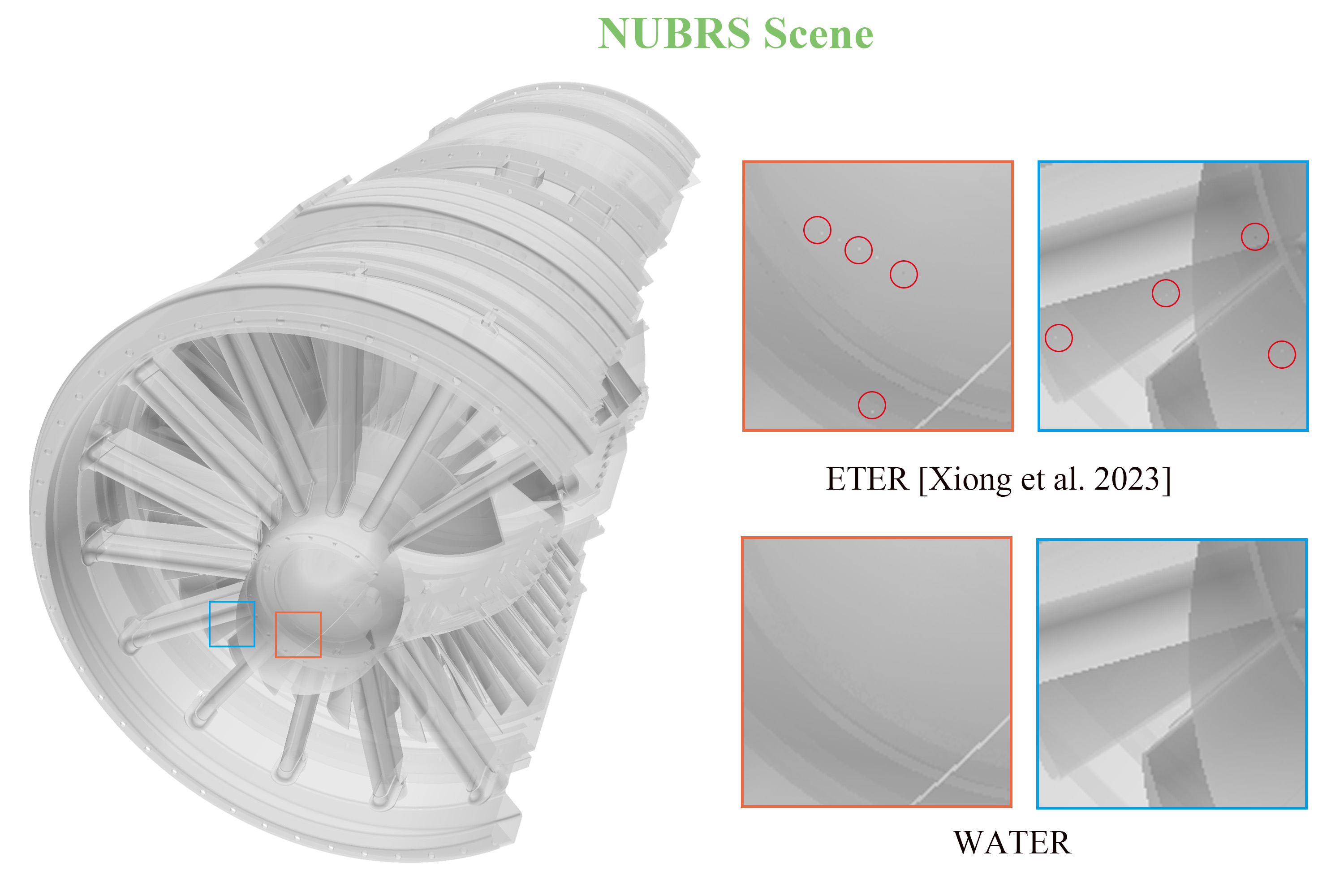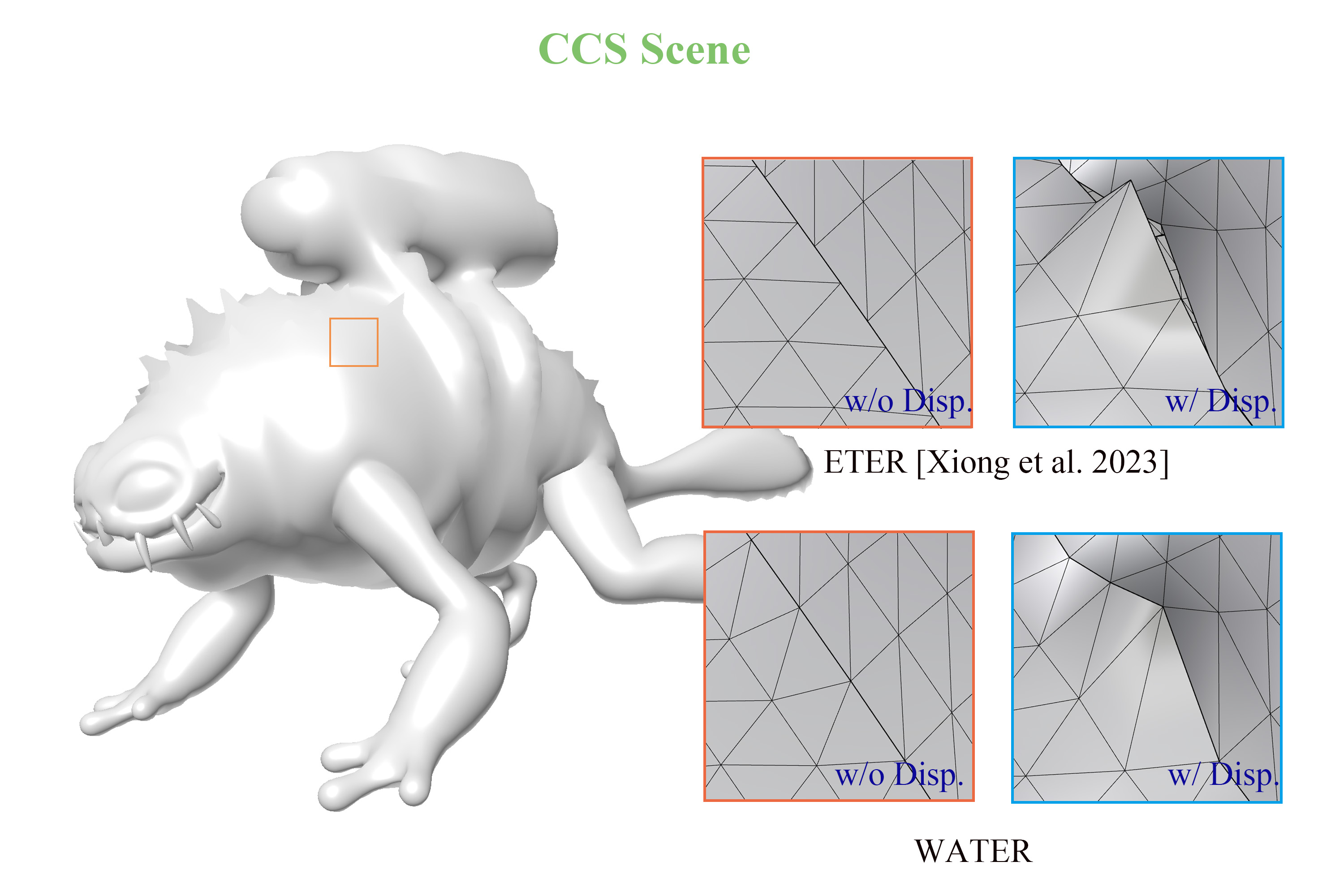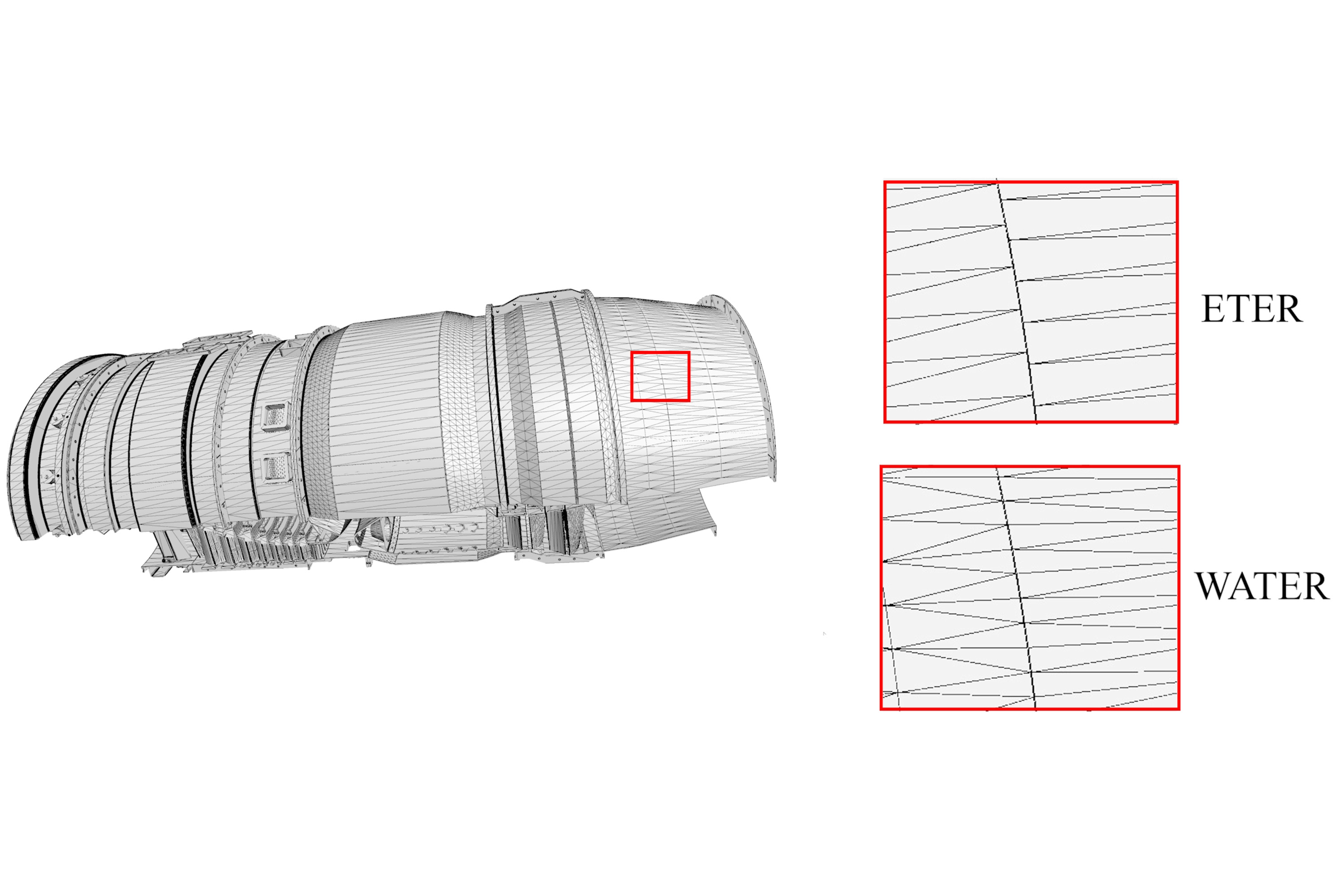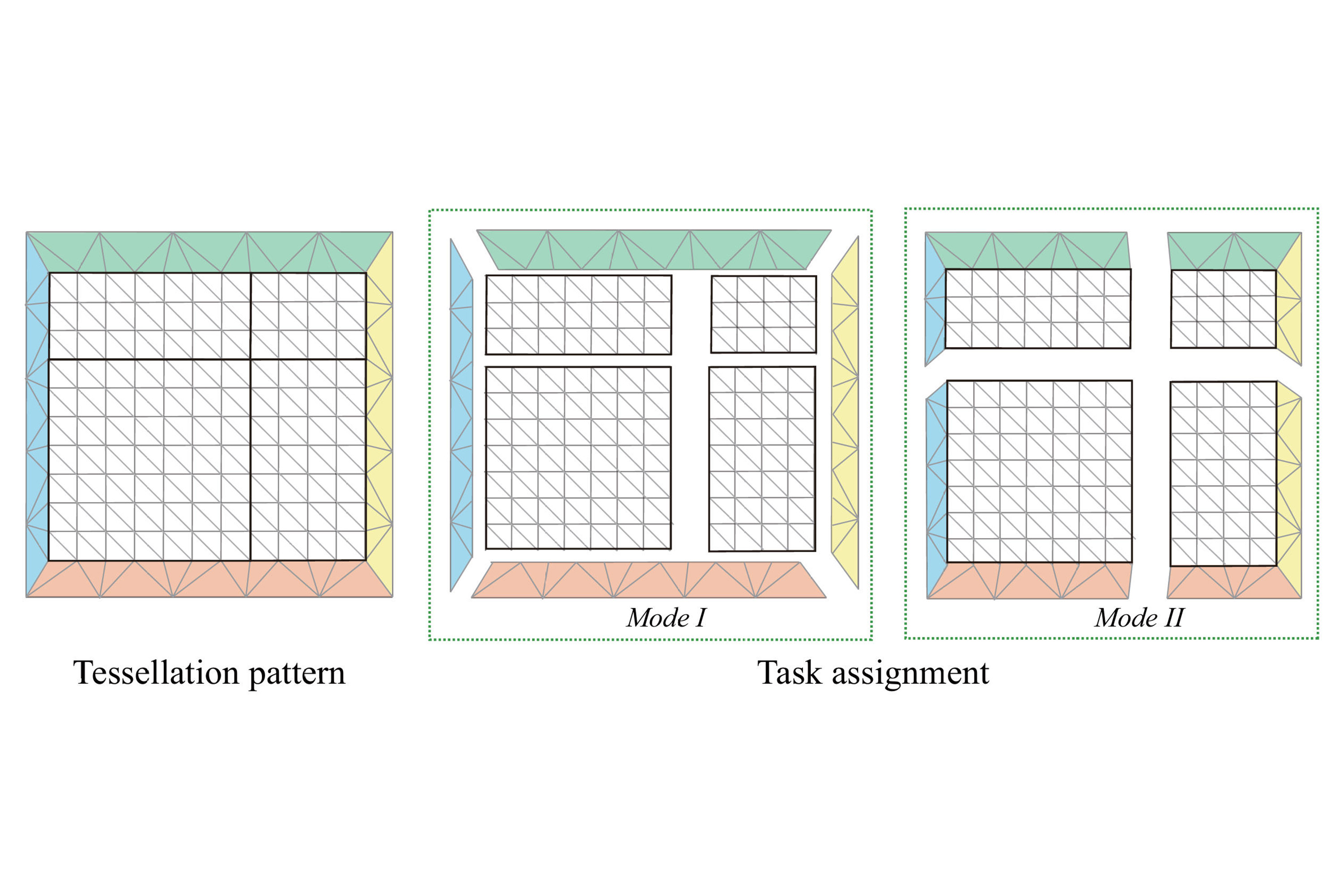WATER: Watertight Tessellation for Real-Time Pixel-Accurate Rendering of Large-Scale Surfaces
Abstract
Watertight tessellation is essential for real-time rendering of large-scale surfaces, particularly for Non-Uniform Rational B-Splines (NURBS) and Catmull-Clark Subdivision (CCS) surfaces. We present WATER, a software-based framework that delivers watertight, non-uniform tessellation with pixel-level accuracy at real-time frame rates. Unlike fixed-function hardware tessellation, WATER adopts a fully GPU-driven pipeline with cache-friendly design and novel algorithms, offering greater flexibility, scalability, and performance. Under our framework, a 2–3 times speedup over hardware tessellation is achieved for bi-3 Bézier surfaces, while bi-7 Bézier surfaces exhibit a 7–11 times improvement. Compared to ETER [Xiong et al. 2023], our method achieves 1.3–2.1 times faster rendering and 52%–72% lower memory usage under the same non-watertight uniform pattern. When enforcing watertightness, a moderate overhead of 23%–51% is incurred. With its advantages in quality, efficiency, and adaptability, WATER provides a compelling alternative for industrial-scale rendering tasks requiring watertightness.
Motivation
Surface modeling plays a crucial role in various fields, including computer graphics, computer-aided design, and digital content creation. Non-Uniform Rational B-Splines (NURBS) surfaces and Catmull-Clark subdivision (CCS) surfaces are widely used surface representations in these fields due to their precision and flexibility in modeling complex shapes. As the scale and complexity of models in these applications continue to grow, there is an increasing demand for efficient algorithms that can perform real-time rendering for large-scale surfaces with high fidelity, especially with pixel-accurate quality.
Recently, [Xiong et al. 2023] proposed ETER, an elastic tessellation framework that was the first to achieve pixel-accurate, crack-free, and real-time rendering at the same time for large-scale NURBS models. The superior performance of ETER is largely attributed to its use of uniform tessellation pattern, allowing for acceleration via tensor cores and greatly simplifying the primitive generation process. However, due to uniform sampling, the tessellated meshes generated are not watertight. Cracks are detected and filled in image space, which, as the authors noted, limits its ability to support order-independent transparency algorithms. Furthermore, this approach limits the applicability for rendering CCS surfaces, as the non-watertight meshes introduce artifacts when applying displacement mapping. To address this, watertight tessellation presents a more suitable solution. However, achieving watertight tessellation requires a non-uniform pattern, which remains a significant challenge for real-time and pixel-accurate rendering of large-scale surfaces.
Our method
We present WATER, a novel WAtertight TEssellation framework for Real-time, pixel-accurate rendering of large-scale surfaces, including both NURBS and CCS surfaces. By fully leveraging GPU capabilities, WATER achieves high performance through a pure software implementation. Beyond the flexibility offered by its software nature, WATER focuses on a distinctive non-uniform tessellation pattern designed for efficient watertight rendering. Building upon this pattern, we introduce an effective strategy for task assignment, following a dynamic estimation of pixel-accurate tessellation levels. High-performance watertight evaluation and primitive generation are executed subsequently.

Figure 1. Overview of our watertight non-uniform tessellation pipeline.
As far as we are aware, this is the first work to achieve watertight, pixel-accurate, and real-time rendering at the same time for large-scale surfaces, including both NURBS and CCS. Leveraging a GPU-driven pipeline with novel task assignment and primitive generation algorithms, our proposed framework WATER delivers 2 times speedup of rendering performance to hardware tessellation pipeline when tessellating bi-3 Bézier patches and achieves a 7–11 times speedup for bi-7. In addition to performance, WATER provides advantages in tessellation quality, flexibility, and scalability, making it a robust option for real-time rendering of large-scale surfaces in industrial applications, particularly those requiring watertightness.
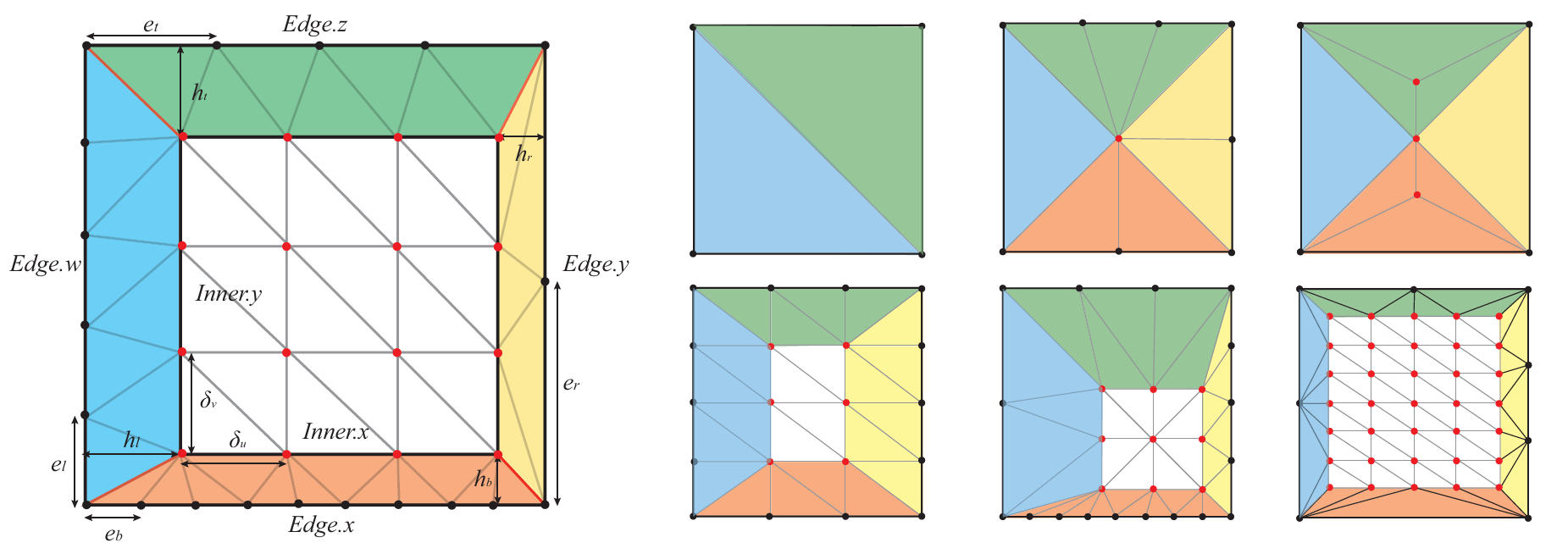
Figure 2. Notations and examples of our non-uniform tessellation pattern.
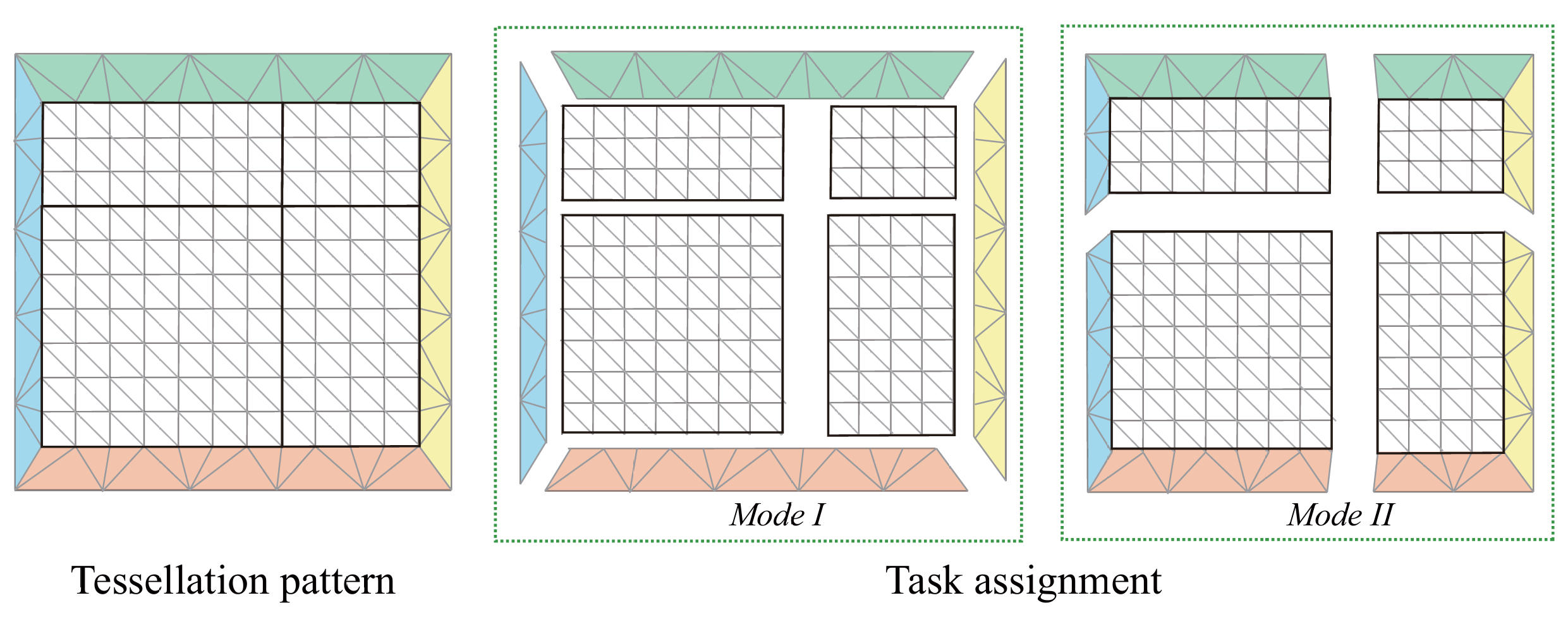
Figure 3. Explanation of our task assignment strategy. Two assignment modes are supported. In both modes, a task includes at most one uniform meshlet with no more than 8×8 sampling points. In Mode I, a task contains either a uniform meshlet or a strip-like meshlet (also no more than 64 points). In Mode II, each task consists of one uniform meshlet along with 0–4 adjacent strip-like meshlets from neighboring transition regions.

Figure 4. Tessellation performance on 200K rational Bézier patches under task assignment Modes I and II. Left: Comparison of the time cost ratio (II/I) across Bézier patches, demonstrating how task assignment impacts performance for higher-order surfaces. Middle: The ratio and count of generated tasks of the two modes under different tessellation levels. Right: Tessellation time (ms) of Mode II under different max\_vertex setting in Mesh Shaders.
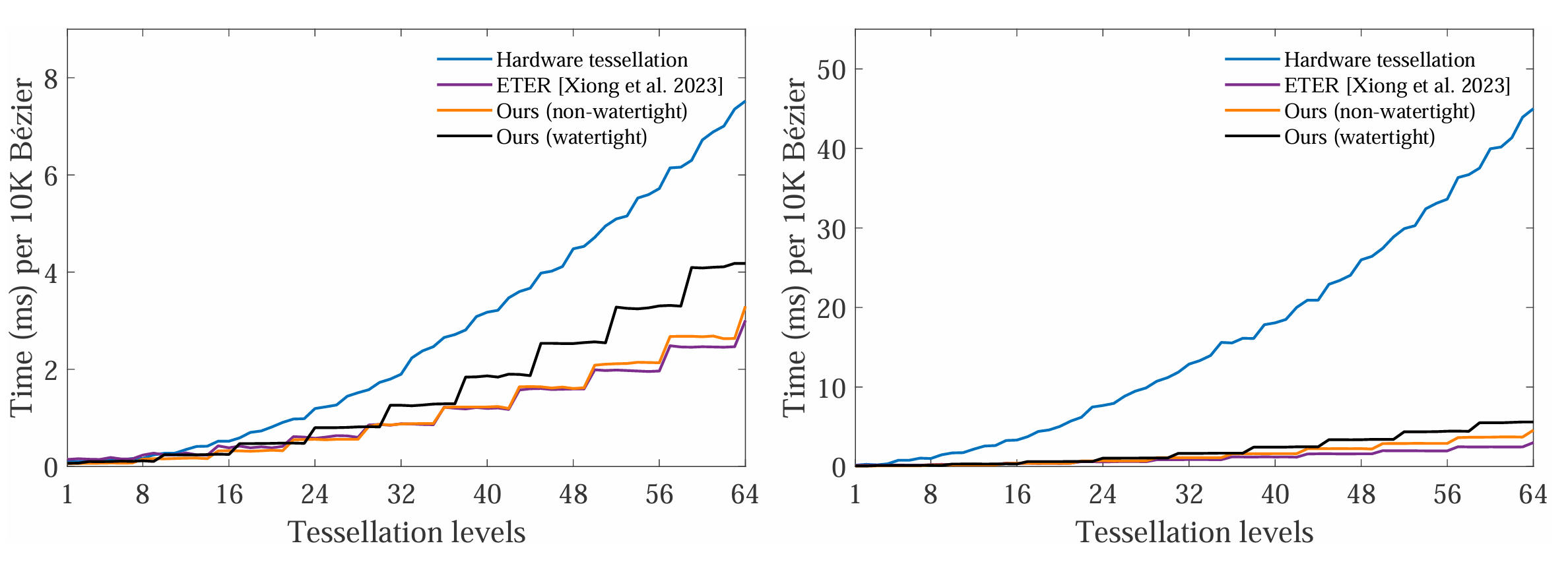
Figure 5. Tessellation performance on 200K bi-3 (left) and bi-7 (right) rational Bézier patches. We compare our method (non-watertight: orange, watertight: black) with hardware tessellation (blue) and ETER [Xiong et al. 2023] (purple). The horizontal axis shows uniform tessellation levels; the vertical axis reports average evaluation time per 10K patches (in ms). Rasterizer discard is enabled to exclude downstream rasterization overhead.

Table 1. Comparison of tessellated triangle count (million), memory usage (GB), and rendering time (ms) for pixel-accurate NURBS rendering. We evaluate ETER [Xiong et al. 2023] using hybrid rasterization, and two variants of our method: a uniform, non-watertight variant and a non-uniform, watertight variant. Both methods adopt the same trimming strategy [Zhu et al. 2025], which has demonstrated state-of-the-art performance in handling trimming.
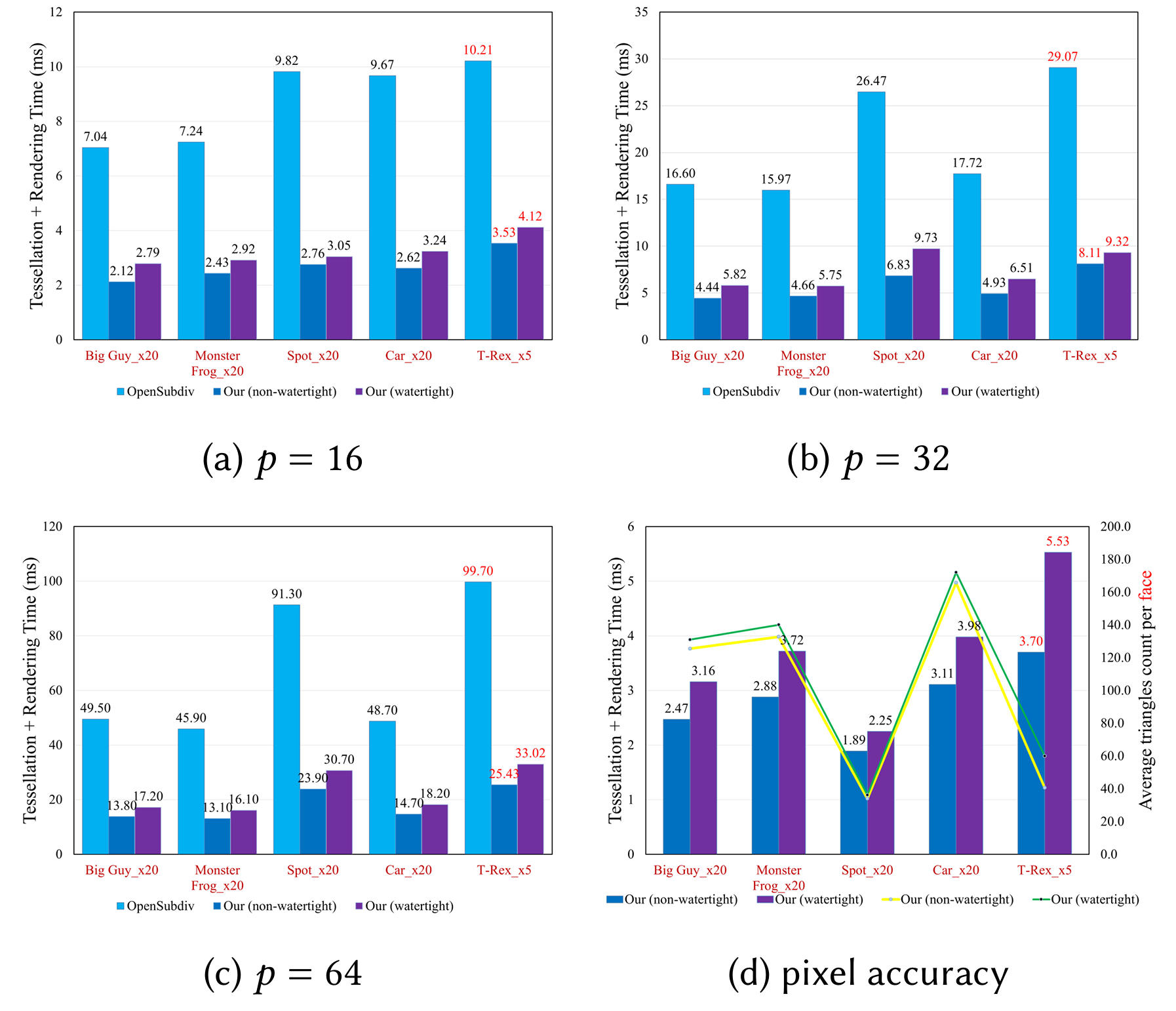
Figure 6. Performance comparison between OpenSubdiv and our method (non-watertight and watertight) on four representative CCS models under different tessellation levels and pixel-accurate sampling. (a) – (c): Tessellation and rendering time (ms) at uniform tessellation levels p=16,32,64. (d): rendering time under pixel accuracy, along with average triangle count per quad of tessellated meshes.
BibTeX
@article{WATER2025,
title={WATER: Watertight Tessellation for Real-Time Pixel-Accurate Rendering of Large-Scale Surfaces},
author={Yajun Zeng, Yang Lu, Cong Chen, Ligang Liu},
journal={ACM Transactions on Graphics (Proc. SIGGRAPH Asia)},
volume = {44},
number = {6},
year={2025},
articleno = {218},
numpages = {9},
url = {https://doi.org/10.1145/3763317}
}